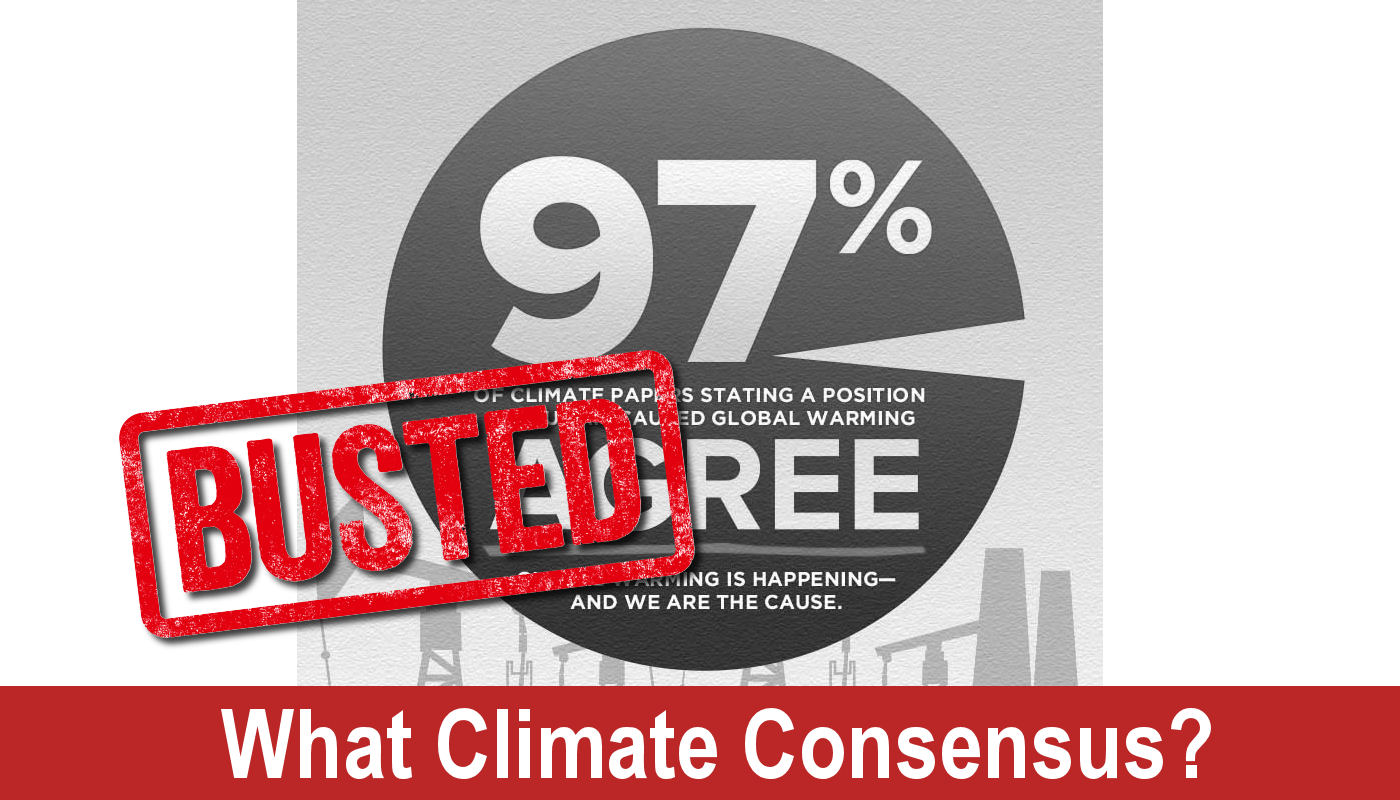Guest Post by Vijay Jayaraj
Fanciful dreams of green hydrogen powering the future have met reality. The cost of producing this much-hyped fuel will remain prohibitively high for decades to come, crushing hopes of its rapid adoption across industries.
Green hydrogen start-ups are shuttering operations, major projects are being shelved, and investors are retreating from what was once seen as the next frontier in “renewable” energy. This shouldn’t come as a surprise to anyone whose attention to fundamentals has not been diverted by the extravagant claims of promoters.
I spent a year in Aberdeen, Scotland, a city that operates one of the world’s first hydrogen-powered double-decker bus fleets. The cost of a one-way ticket is among the highest in the country. It doesn’t take an economist to connect the exorbitant fares to the eye-popping energy costs of producing hydrogen, which priced out ordinary commuters. An Aberdeen family of four could travel cheaper in a cab than on the bus,
Welcome to the insane world of hydrogen.
Not-So-Green Hydrogen
Governments, corporations and activists painted a utopian vision. Entire industries – from steelmaking to aviation – would be revolutionized by green hydrogen power. The EU earmarked billions in subsidies, while India and Australia announced grand plans to become global hubs for green hydrogen.
However, this enthusiasm has been dampened by unyielding barriers of economics and safety.
So-called green hydrogen is the form favored by environmentalists promoting the gas. What makes it green in the eyes of enthusiasts is the manufacturing process: the electrolytic splitting of hydrogen atoms from water with wind- or solar-generated electricity. Never mind that there is nothing “green” about these expensive, unreliable energy sources.
The latest analyses predict that green hydrogen prices are likely to remain stubbornly high for decades. The goal of achieving production costs below $2 per kilogram – the threshold for competitiveness with fossil fuels – remains far out of reach. In most parts of the world, the economics simply do not add up.
The reasons are multifaceted. One of the fundamental flaws of green hydrogen is its reliance on wind and solar energy that is expensive, intermittent and unreliable.
The entire green hydrogen cycle is also inherently inefficient.
Electrolysis remains an energy-intensive process. In some cases, producing hydrogen from wind and solar electricity and then using the gas to generate electricity for consumers results in a loss of 50% to 80% of the energy value. Add to this the energy required for compression, storage and transportation, and you have a fuel requiring massive amounts of expensive electricity to process.
Moreover, hydrogen is dangerous. Being a tiny molecule with low viscosity, hydrogen is more susceptible to leakage than natural gas and cannot be detected by human senses. Capable of igniting over a wide range of concentrations in air – between 4% and 75% – hydrogen is more volatile than currently used gas fuels. “It is perplexing that we’ll have hydrogen in our homes, businesses, buses, trucks and airports. Indoors it can rapidly turn into an explosion hazard,” warns Michael Barnard from Clean Technica.
Bloomberg’s recent exposé on green hydrogen lays bare the financial toll of the misplaced optimism. Start-ups that once boasted billion-dollar valuations are now scaling back or shutting down altogether. Over a fifth of European clean hydrogen capacity is now either stalled or canceled.
In the UK, British Petroleum and Orsted have ditched green hydrogen plans and three hydrogen transportation firms have declared bankruptcy. Predicting a “bloodbath” this year for hydrogen transportation, Barnard said that “the reality sunk in that hydrogen would remain too expensive, fuel cell vehicles would remain unreliable, and actual greenhouse gas emissions were much higher than hyped.”
Investors are losing patience as promised cost reductions fail to materialize and companies struggle to deliver commercially viable projects.
The story of green hydrogen’s fall from grace is eerily reminiscent of past technological bubbles. We saw similar patterns with first-generation biofuels and concentrated solar power. Each time, the lesson is the same: we must be wary of silver-bullet solutions that promise to solve all our energy challenges without confronting the fundamentals of physics and economics.
Originally posted at RealClearEnergy.org, reposted with permission.
Vijay Jayaraj is a Science and Research Associate at the CO2 Coalition, Fairfax, Virginia. He holds an M.S. in environmental sciences from the University of East Anglia and a postgraduate degree in energy management from Robert Gordon University, both in the UK, and a bachelor’s in engineering from Anna University, India.



















Another scheme foiled, I guess they never heard of the Hindenburg dirigible disaster with hydrogen! Perfect analogy of the risks associated with this dubious idea of powering mass transportation with hydrogen power! It’s like fusion power that has yet to become a reality! These analogies of recreating the sun and powering the earth are old ideas with the same outcome of either too dangerous or grossly overpriced! Better to use resources we have and maximize their use and efficiency rather then waste time and money on claptrap technologies that can never work!